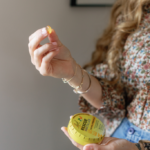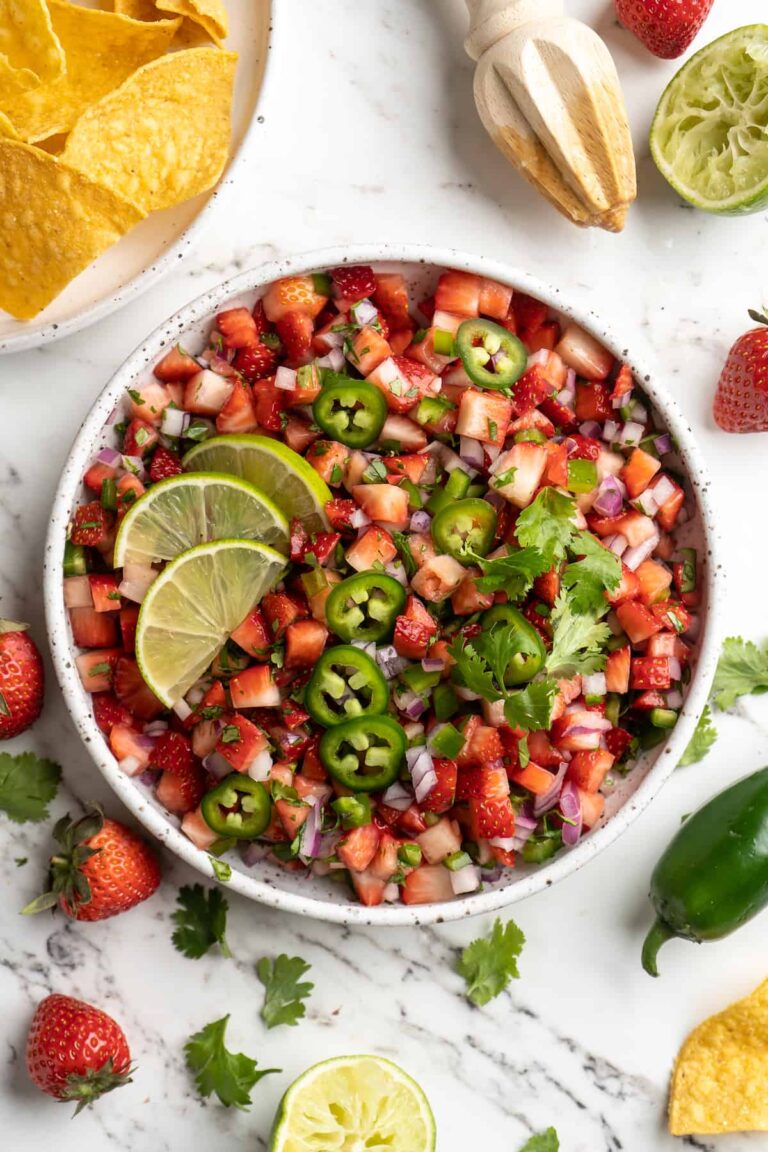
(Chloe Zale/)This story initially included on Saveur. In Latin American and Caribbean markets, next to the mountain of limes, you will generally find a bin of wrinkly, splotchy citrus fruit. These modest orbs– Seville oranges– should not be overlooked. They impart an unique mix of bracing bitterness and subtle acidity to sweet and mouthwatering meals alike.For many, this approximately baseball-sized fruit might be familiar from its headlining role in orange marmalade, to which it lends its characteristic bite. Others may know it as the key flavoring representative in orange liqueurs like Curaçao and Grand Marnier. The fruitwas also utilized in early variations of duck à l’orange. This specific orange is, specifically in Latin American and Caribbean cuisines, much more basic to savory home cooking.Like all citrus fruits, the Seville orange– likewise understood as the bitter orange, or sour orange– is best when firm and heavy, becoming rather mushy and soft with age. A bit of time doesn’t compromise the taste and fragrance of its tart juice and aromatic passion. Lots of Latin American groceries(and of course, Amazon)stock bottled variations of the juice
, which are typically labeled”naranja agria” and are normally shelved by the marinades and vinegars. The packaged item is a good alternative, but it lacks the vibrant subtlety of the fresh stuff.In a good Seville orange, oily and fragrant skin easily paves the way to thick, bitter pith, followed by its greatly seeded sectors. In her book Gran Cocina Latina, chef and cooking historian Maricel E. Presilla explains the fruit’s flavor as a” careful mix of lime, grapefruit, and orange juice with a small amount of grapefruit or sweet lime zest.”Ana Sofía Peláez writes in The Cuban Table: A Celebration of
carne asada is a char-grilled skirt steak marinated in brilliant Seville orange juice and onions. Motivated by that aromatic meal, I established my own dish to recreate the sensory satisfaction of this fritanga staple in the house. With a side of gallo pinto( red beans and rice), curtido(a vinegary cabbage slaw), and fried sweet plantains, it’s the perfect meal at the end
of a long night and a welcome introduction to a genuinely beautiful fruit.This material was originally published here.
This particular orange is, particularly in Latin American and Caribbean cuisines, much more fundamental to tasty home cooking.Like all citrus fruits, the Seville orange– likewise understood as the bitter orange, or sour orange– is best when firm and heavy, ending up being soft and somewhat mushy with age. Whereas the Cuban sauce he knew combined Seville orange juice, garlic, oregano, and lard, this Canarian version was made with red wine vinegar, olive oil, chiles, garlic, cumin, and smoked paprika. My own Peruvian grandma told me that ceviche was initially made using Seville orange juice. While crucial lime is now the citrus of choice for the majority of modern Peruvian ceviches, some local dishes still include Seville orange juice, consisting of ceviche de pato, a hot, cooked duck dish from the northern parts of the Lima Region, especially around the city of Huacho.However, Seville orange juice does not denature animal proteins(successfully “cooking”them)as strongly as limes, which makes the oranges more versatile.(Chloe Zale/ )Mandy Baca, a Nicaraguan American food historian, pointed out to me that the Seville orange is one of 2 active ingredients brought to the Americas that form the base of the Nicaraguan taste profile.





















